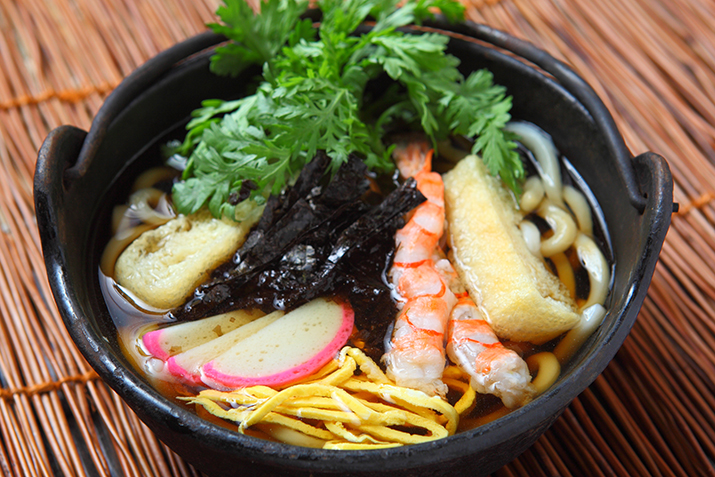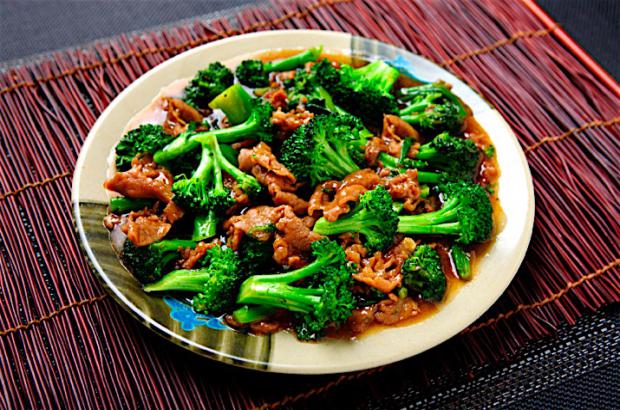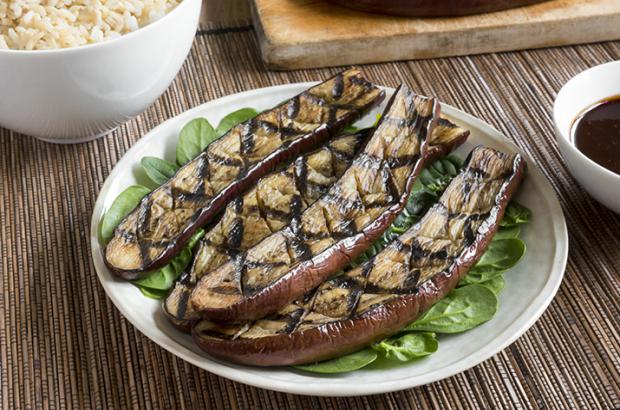Article
Chinese & Japanese Cuisine

On the surface, Chinese and Japanese food may seem hard to distinguish. The two cuisines are rice based, and both use soy sauce and tofu. Of course, these are two proud and unique culinary traditions, with long-standing regional specialties and styles. China and Japan are two of the oldest cultures, with thousands of years of culinary development—which means their recipes are time-tested. China and Japan are the places that brought us tea, soy sauce, the wok, rice wine, the soybean and tofu, and a deep appreciation for very fresh ingredients.
While it's true that China and Japan share some ingredients, some methods and some ideas about food (like using an abundance of fresh ingredients), their cuisines are distinctly different. Japanese cuisine is influenced by its coastlines, and uses seafood for many of its dishes. Japanese food also tends to showcase more subtle flavors than Chinese food (though anyone who has dabbed a tad too much Japanese wasabi on their sushi knows that it wields a fierce kick). Chinese dishes, depending on the region, are often flavored with spices such as Sichuan peppercorns, star anise, hot mustard and five spice powder. Chinese cuisine also relies more heavily on stir-frying as a cooking method as well as using more beef, pork and poultry for protein (particularly in the inland West and North) in addition to seafood and tofu.
Chinese food has been part of American food culture for as long as most of us can remember, thanks to the pioneering emigrants who opened early Chinese restaurants. The chop suey and chow mein our grandparents associated with Chinese food, however, were created to please the American customer. Real Chinese food ranges from the elegant simplicity of Cantonese cuisine to the fiery flavors of Sichuan fare, and there are no canned sprouts involved. The tofu of China is of the very firm, porous style, sturdy enough to stir-fry. Fermented black beans, which are actually black soy beans, supply a wonderfully funky flavor that goes well with a little sesame oil and chile. Toasted sesame and hot sesame oils are both meant to be used as flavoring agents, not cooking oils. Seafood and vegetable dishes are often flavored with a drizzle of nutty sesame oil to give them a meaty quality, so try doing the same with your own seafood and vegetable creations. Sesame paste is used in sauces and dressings, and when I can't find the Chinese variety (made from toasted sesame seeds), I substitute tahini (made from untoasted sesame seeds), to make Chinese style noodle sauces and dressings. Try stirring some with soy sauce, sugar and vinegar and drizzling over salad or a stir fry just before serving. Dried vegetables, like dried mushrooms or cabbage, are important flavors in the Chinese kitchen, and I use dried mushrooms to add heartiness to vegetable stocks and stir fries.
Japanese food has become synonymous with sushi and tempura, but those popular dishes are just the beginning. Slow simmered stews, grilled skewers of meats and vegetables, savory pancakes and endless noodles are just a few more. The Japanese gave us silken style tofu, the slippery soft kind that is usually floated in the miso soup I love. Miso is just one of the many fermented and pickled foods developed centuries ago as a way to preserve food that endures today and enhances the flavor of so many Japanese dishes. Tamari, shoyu, rice wine and rice vinegar are other fermented, deep aged flavors. Use tamari and shoyu for salt in darker colored dishes, and substitute rice vinegar—with its wonderful tang—for white or red vinegar in dressings. Most of us might never have tried seaweed if not for sushi or miso soup, but sea vegetables are a way of life in Japan. I like to crumble nori over salads, add soaked arame to soups, or add a piece of kombu to simmering beans, which is said to make them more digestible, and certainly adds minerals.
Both China and Japan are known for their use of very fresh ingredients, whether it's dispatching freshly caught fish right into the pan, or frequent shopping trips to pick up the freshest produce. As a chef and eater, I appreciate this practice, as well as their convention of stretching a small piece of meat by stir-frying it with lots of vegetables and accompanying it with rice and noodles for a satisfying and filling meal.
In our global melting pot, the ancient flavors of China and Japan have become part of life the world over, for good reason: they are delicious. There's nothing wrong with teriyaki and chow mein, but Japanese and Chinese foods have so much more to offer once you begin to explore their varied and authentic flavors.
Check out Robin's recipes for Chinese Beef and Broccoli and Classic Miso Soup with Variations (including Japanese Dashi).













